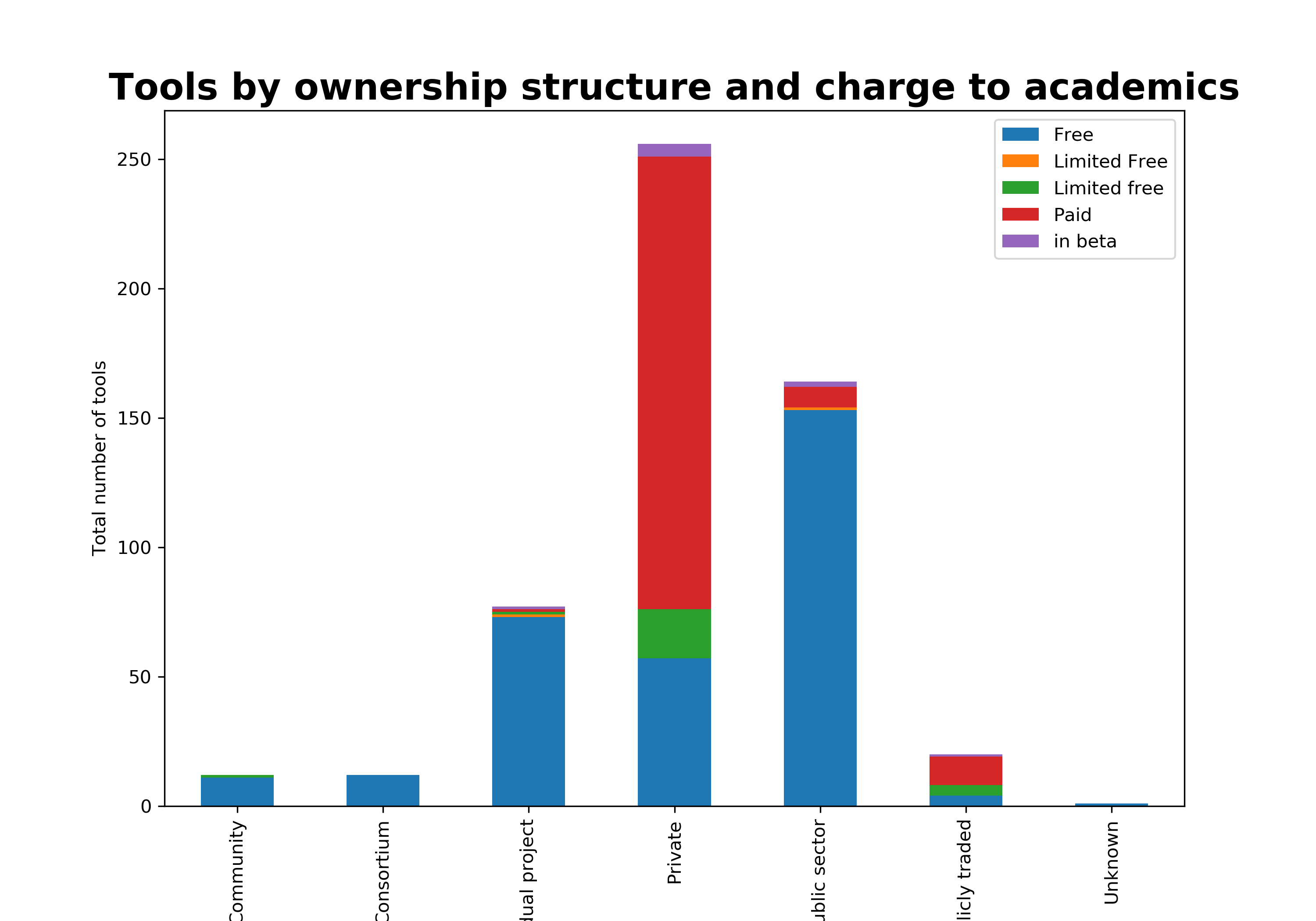Virtual reality headsets for testing and research
This post originally appeared on SAGE Ocean in anticipation of the immersive event.
Headsets
There are currently 3 types of hardware to access visually and audio-immersive experiences: headsets that connect to your PC, headgear that works with your mobile phone, and standalone devices. Besides varying in price, they also differ in their capabilities and hence are intended for different use cases.
The cheapest way is to get a Google Cardboard or Daydream and insert your Android phone to access some interesting 3D content. The biggest disadvantage is the 3 degrees of freedom, in other words you can only turn around with your head rather than move back and forth or sideways.
The most loved standalone headset is Oculus Go. It is affordable at $200, however still limited in processing power and graphics. Although the immersion experience is a notch up from the mobile-phone-dependent gear, it still lacks in full embodiment.
HTC Vive and Oculus Rift are probably the most popular PC-linked devices with those that are a bit more serious about their VR. These are also the two headsets that will offer you the full experience for our next event supported by Immersive VR Education, sign up here.
Both headsets are comparable in terms of their graphics, degrees of motion and generally offering fully immersive experience. HTC Vive, Vive Pro and Oculus Rift are the most likely candidates for researchers intending to run a variety of social behavior experiments (read my last blog for more on this topic). If you’re looking for more technical information, I’d recommend this review.
Content, cool apps and other trends
Finding, exploring and creating content for VR is still a big challenge. Mostly due to the variety of devices and lack of interoperability standards. In other words, it costs money and it takes time not only to create the content say for Oculus Rift, but to also make it work for other headsets.
The easiest way to find some content is to explore the websites of each brand (HTC, Samsung for example), or find platforms that host and produce content for specific purposes (Engage.io for educational content for example). There are a number of startups that are looking to find creative solutions for this issue, such as Immersionn. This useful post by Steve Bambury compiles 90 VR apps for education neatly into the below graphic.
Creating content is currently within the remit of VR developers and some startups are working to expand this authorship. LumeVR, for example, are enabling researchers and data scientists to explore 3D data in virtual reality.
I was quite excited to see the launch of HTC Vive Pro Eye and Cosmos this month. At least from a researcher’s perspective, the features that HTC are adding are valuable for social behavior experiments.
Currently, the data that researchers can collect when running experiments in VR are physiological (pulse, blood pressure, skin temperature), mobility (recording the direction participants move in or where they turn their heads), interaction (what they try to touch). The ability to collect more data around behavioral indicators—such as eye movements with the Pro Eye are very much welcomed by the research community. A flurry of startups are supporting this effort as well. For example, emteq is an insert for headsets that enables researchers and content creators to collect emotional data from the VR users.
Disclaimer: I started writing this blog with an intelligent though relatively basic AI-writer (more about this in another blog), and after some back and forth with the internet and my expert friend Chris Long, we made it into what you are reading now.




